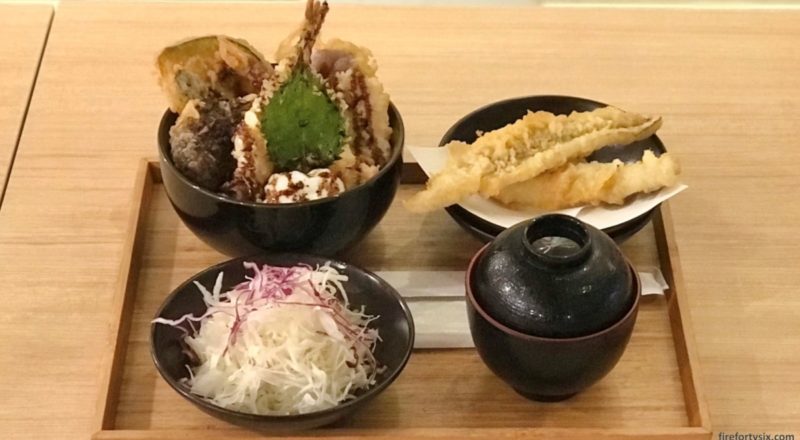Eel is one of our favourite ingredients and Japanese chefs are probably the best at using it to make delicious meals, such as the simple unajyu that only has two ingredients — grilled freshwater eel (unagi) on top of steamed white rice.
The firm and fatty unagi is dipped in a sweet and savoury tare before being grilled over hot charcoal, resulting in a deliciously smoky fillet that tastes more like barbeque pork than white fish.
Take it up a notch and you get hitsumabushi, where the same grilled unagi is designed to be eaten three ways: as-is, with various toppings and finally, chazuke-style in a porridge made with dashi.
Whenever I’m in Tokyo, I always make it a point to eat at Hitsumabushi Bincho, conveniently located in Ginza 2-chome. In addition to serving both styles, they also offer grilled eel livers as appetisers; a must order whenever I’m there.


On the other end of the taste spectrum, you have pike conger eel (hamo), which is typically in season during the summer and is best eaten as sashimi.
The tricky bit is that there are bones throughout the fish, and it takes a skilled chef wielding a huge and heavy knife to methodically make shallow cuts, millimetres apart, to break the bones into small enough pieces that they they can be eaten.
We had the privilege of watching the mesmerising performance at our counter seat at Gion Karyo, a kaiseki restaurant in the heart of traditional Kyoto. The sashimi itself was oishii too.

And then you have seawater eel (anago), which is less fatty than its freshwater counterpart but has a more delicate taste. It can be prepared many ways, but my favourite has to be when it’s deep-fried, tempura-style ala Ajisen in Tsukishima or in a tendon ala Katsumi in Kamiyacho, both located within the 23 wards of Tokyo.


It’s been quite a while since I had anago tempura.
And given how slow borders are re-opening, it’s going to be while before we’re allowed to fly into Japan.
So when we walked past Tenjin in the basement of Raffles City and saw that they actually had anago tempura on their menu, I had to try it out. It didn’t hurt that it was opened by the Les Amis group, which operates a few good restaurants in Singapore.




Tenjin is casual eatery mainly serving tendon plus a few side dishes. I liked the fact that it had a small menu, which meant that it could focus on making the limited number of dishes well.
But I consciously moderated my expectations, because we’ve not had tempura in Singapore that has come close to those that we’ve had in Japan. Plus also the fact that the seafood would have had to fly into Singapore and wouldn’t be as fresh.
The Wife and I ordered a set meal each and added a separate order of the anago tempura. The set meals contained the usual suspects: prawns, white fish, shitake mushroom, brinjal, pumpkin, asparagus plus a pretty shiso leaf.


It was a nice meal that matched my expectations, and featured a couple of interesting things. First was the deep-fried egg, which had a still oozing yolk that added an interesting texture and taste to the rice.
Second was the spicy sauce that came with my set meal. Our friendly waiter gave us an entire bottle of the karai tare, and it tasted surprisingly like the spicy kicap manis from our favourite mee rebus stall. The similarity was uncanny.


What about the anago tempura?
Well… it was alright, but it was nowhere close to the ones in Tokyo. The batter could have stayed maybe another 30 seconds in hot oil to make it crispier, and the fish could have been fresher.
But again, it wouldn’t be fair to compare a casual chain-store eatery in Singapore against a 12-seater tempura specialty store whose shokunin chef has spent decades perfecting his craft.


Looks like it’s going to be quite some time before I get the chance to have good anago tempura again. Let’s hope it won’t take too long before it happens.
